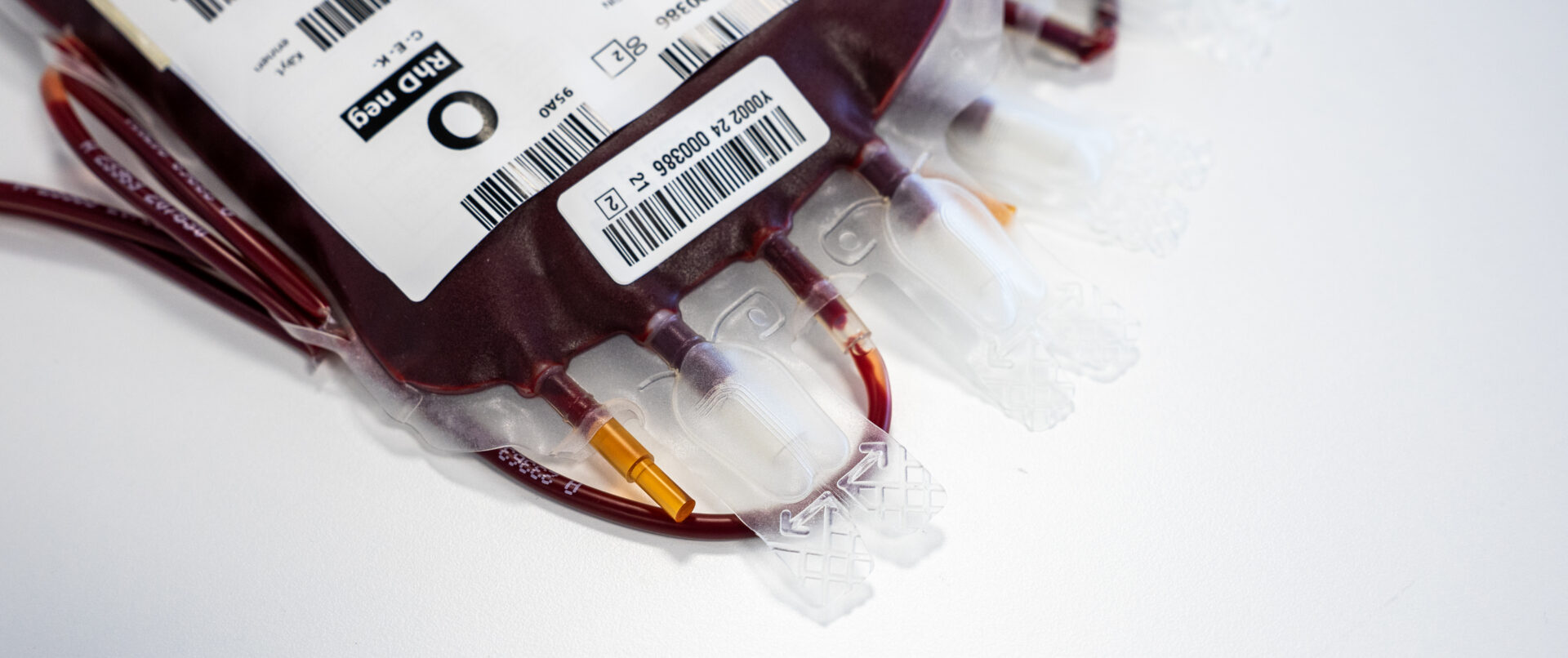
Is there wastage of blood products?
Only a small portion of the blood donated by blood donors goes unused. For example, in 2024, 97.1% of the donated blood could be used in production. A small portion of the produced products expired before use, but some of the expired products can be utilized, for example, as raw materials for medicines.
Blood donation and the production of blood products are strictly regulated by both EU and national legislation and regulations.
In Finland, the operation of the Blood Service is overseen by the Finnish Medicines Agency (Fimea).
Voluntary donations and health questionnaires reduce wastage
Based on our laboratory tests, a very small amount of blood products: with only 0.26% wasted in 2024. This is due, among other factors, to the voluntary nature of blood donation and the health questionnaire, which ensure the well-being of the donor.
Donated blood is tested in our laboratory using highly sensitive methods. Blood that shows signs of potentially infectious blood-borne microbes, such as Hepatitis B and C viruses, HIV, and syphilis, is discarded.
Expired red blood cells are utilized
Blood products are fresh preparations, and their shelf life is short, so inevitably a small amount expires to ensure the availability of stock. The Blood Service and hospital blood banks must always have a minimum amount of products available for emergencies.
In recent years, the expiration rate for red blood cell products has been 3–4%. Red blood cells are usable for 35 days after donation. The Blood Service supplies expired red blood cells for use in the production of raw materials for medicines, such as drugs for treating porphyria. This way, even this part of the blood can be used as precisely as possible for patients.
Most of the expired blood products are platelet concentrates, which are separated from whole blood. This is due to the short shelf life of platelets. They are currently viable for seven days after donation, and there is significant variation in daily hospital demand. In 2024, 12.3% of platelet products were wasted due to expiration.
Bacterial culture extends the shelf life of platelet products
Blood Service introduced bacterial culture for all platelet products on the 1st of April 2025, to enhance their safety. After the implementation of this method, the shelf life of platelet products could be extended from five days to seven days. The introduction of this procedure will likely reduce wastage.
The task of the Blood Service is to continuously maintain a stock of blood products for each blood group that meets the demand for several days, for example, in case of accidents or emergencies. By ensuring the adequacy and availability of blood products nationally, we enable uninterrupted care for patients.
The Sample Service utilises surplus blood
The Blood Service’s Sample Service enables the most efficient use of a blood donor’s precious gift. Through the Sample Service, surplus blood or blood components leftover from patient use can be delivered to an authorised customer who needs it, for example for the development of a method to improve patient care.